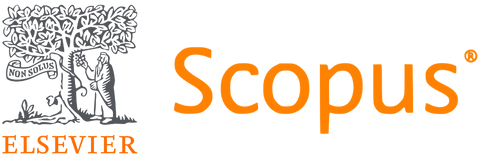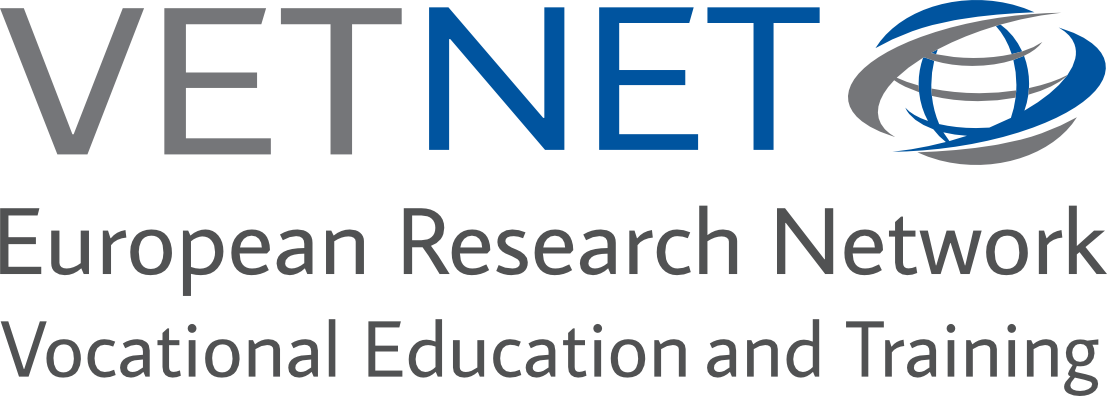Predictors of Collateral Learning Transfer in Continuing Vocational Training
DOI:
https://doi.org/10.13152/IJRVET.1.1.3Keywords:
collateral learning transfer, learning transfer, job performance, vocational training, CVET, structural equation modelingAbstract
Against the background of demographic change and skill shortages continuing vocational training is of great significance in Germany. However, the training effectiveness is mostly assessed only at the end of a training program or several months after the training. Since in continuing vocational training the two contexts learning field (training) and performance field (work context) act simultaneously, the presented study investigated whether there are already situations in the work context which allow the application of newly acquired knowledge in parallel with the training. The main focus lies in the identification of predictors of learning transfer that takes place alongside the training participation and in the investigation of their causal relationships. Using structural equation modelling five latent variables were identified which have a significant effect on learning transfer parallel to the training the so called collateral learning transfer. These five predictors explain together 62% of the variance of collateral learning transfer (gathered as performance improvement at work).Downloads
Online First / Final Publication Date
How to Cite
Issue
Section
URN
License

This work is licensed under a Creative Commons Attribution-ShareAlike 4.0 International License.





